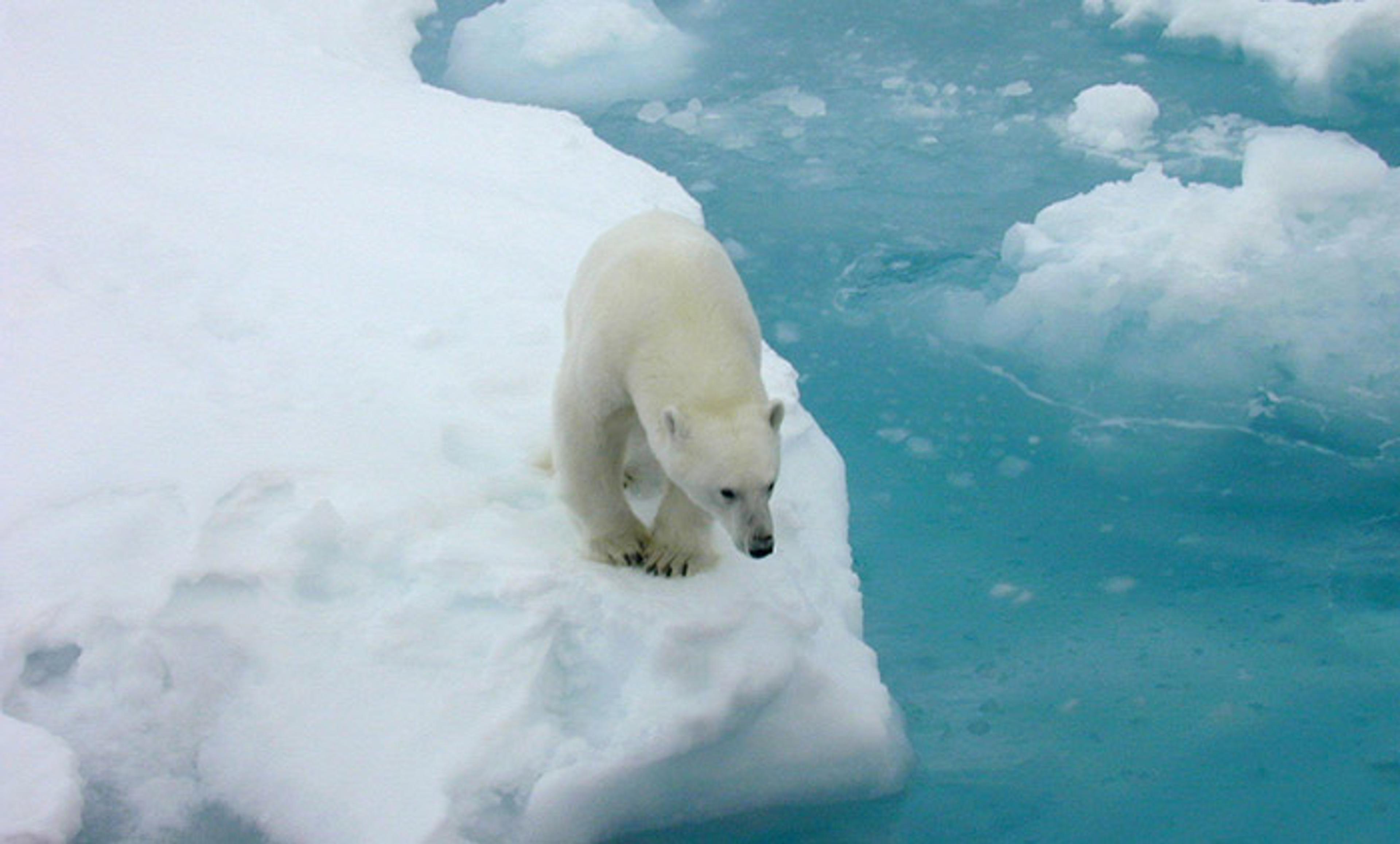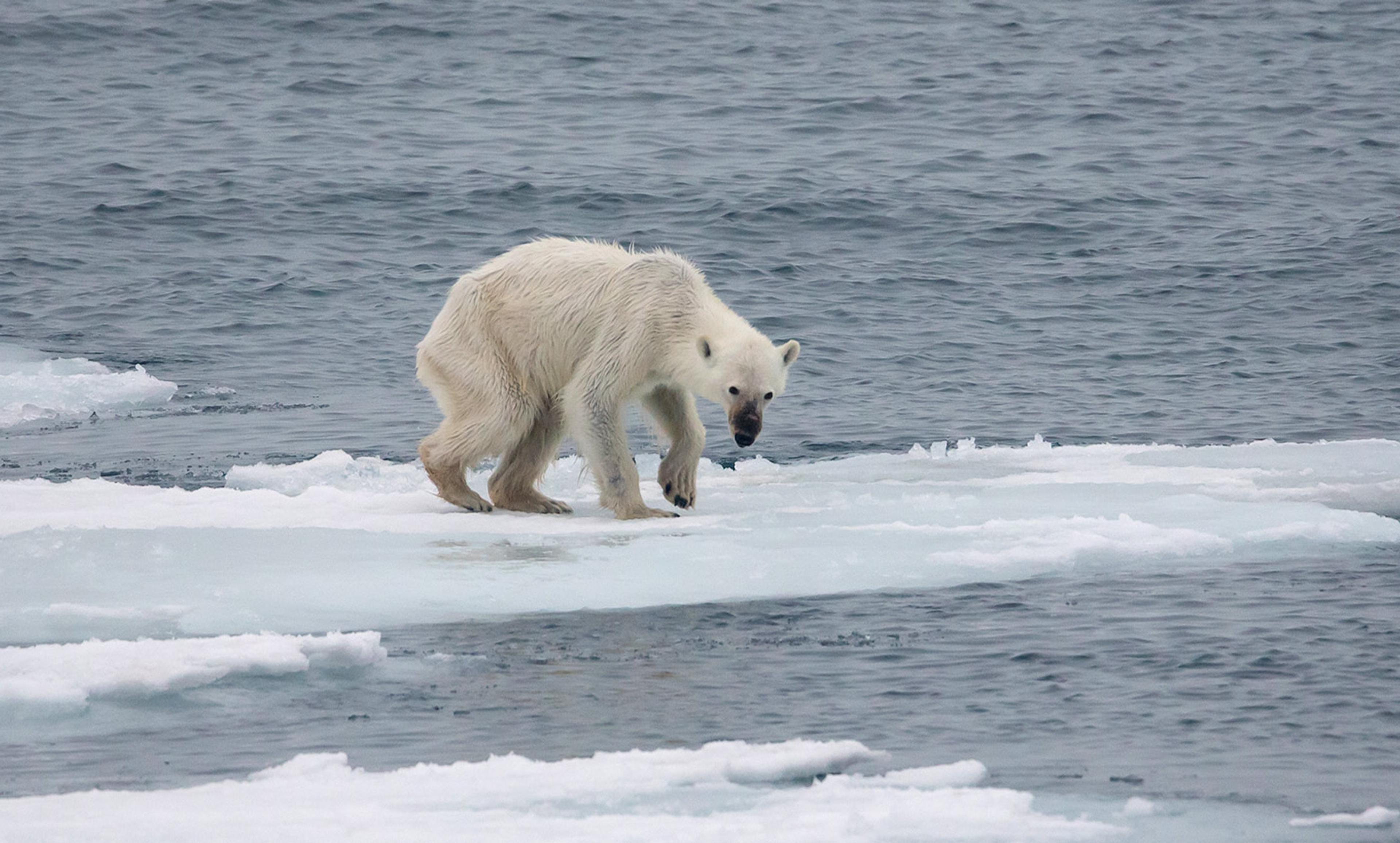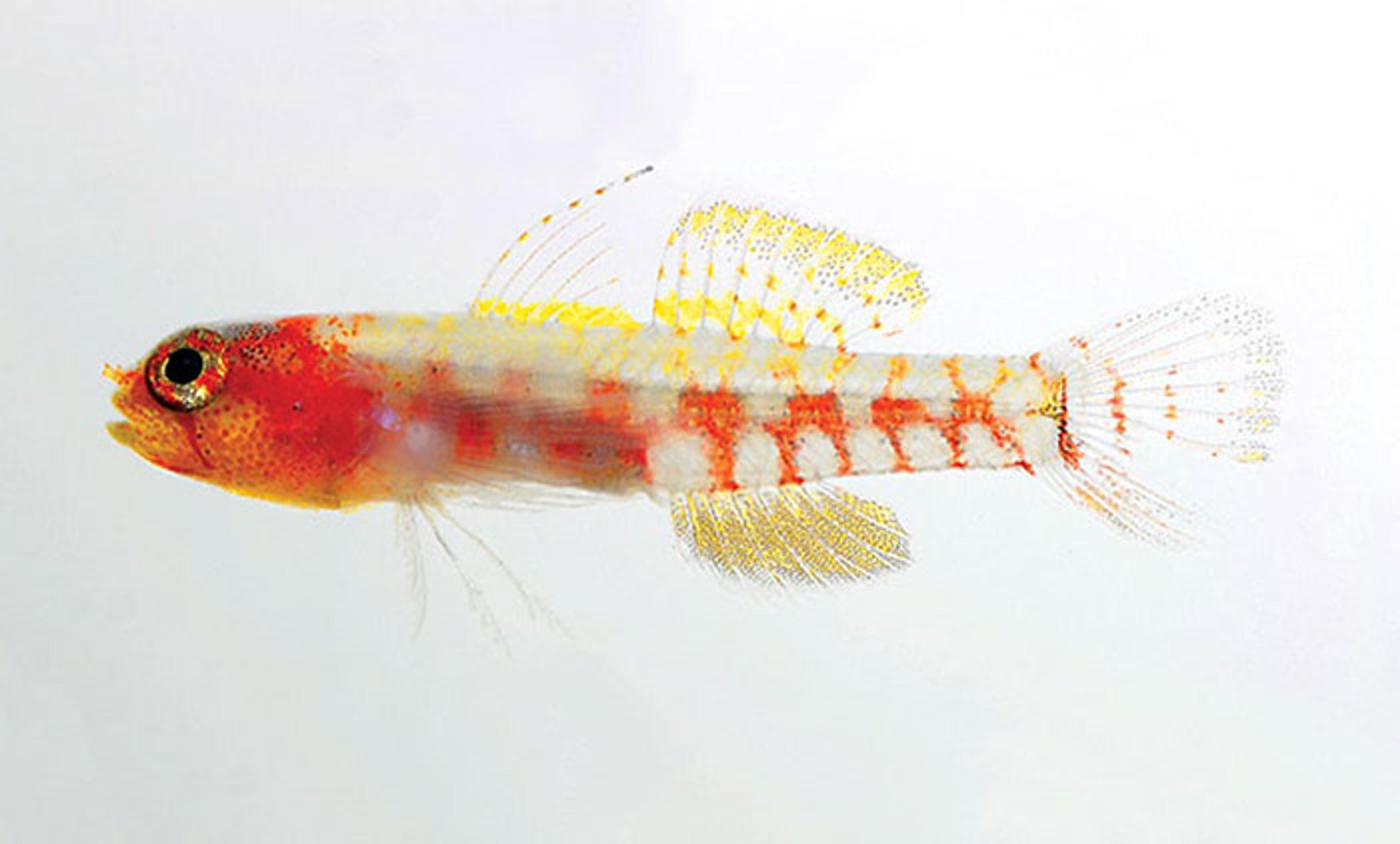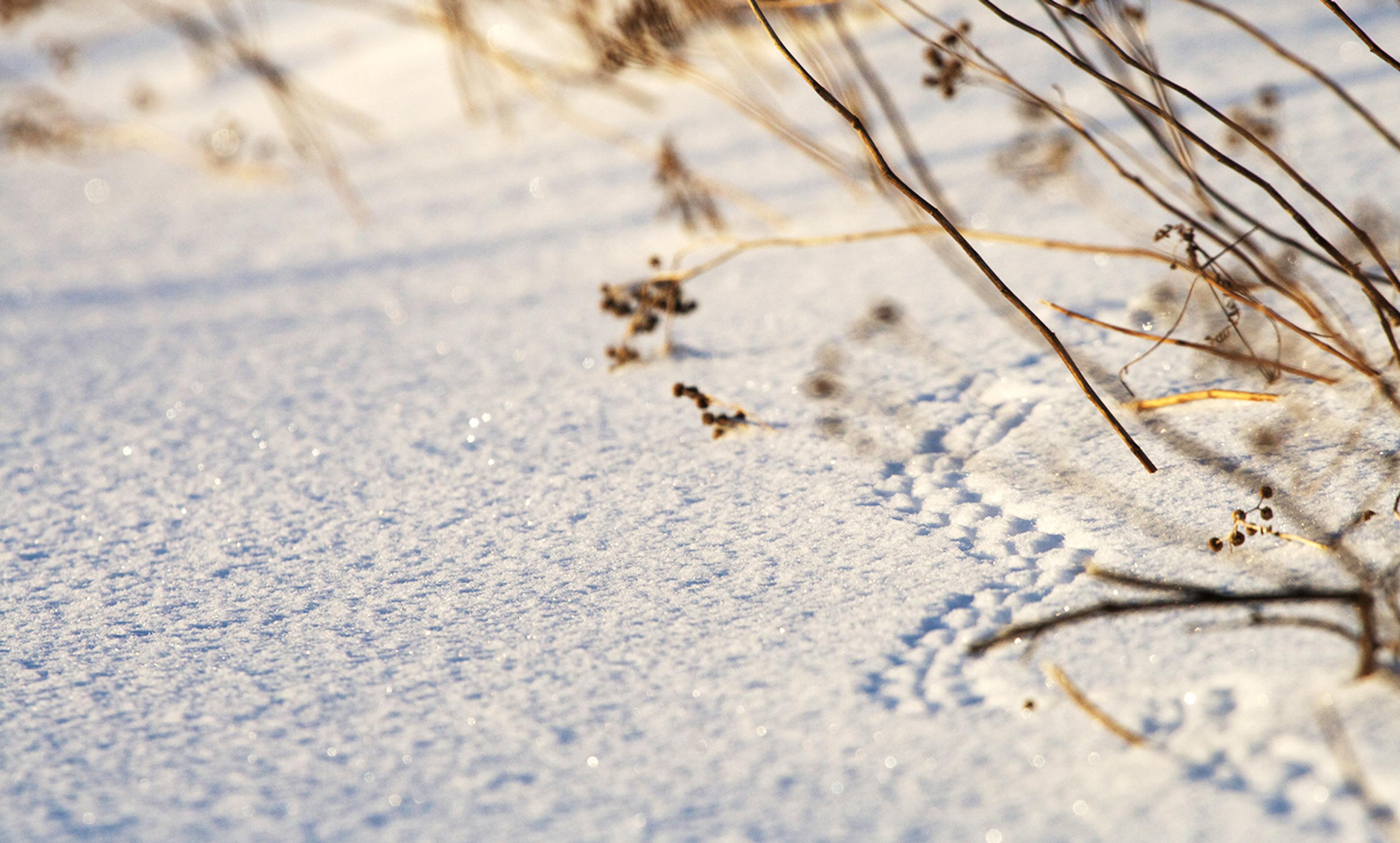NRDC/Flickr
Humans are inquisitive and innovative, with an indisputable talent for problem-solving. So when we read about how polar bears are threatened by melting sea ice, it’s natural for us to wonder: perhaps they can learn to adapt to life on land? After all, seven of the world’s eight bear species are terrestrial.
The response to this question, however, is a resounding ‘No.’ While the answer is simple, the reasons for it are complex, and reveal the problems of believing we can easily rebalance sensitive ecosystems once they’ve been disrupted. The reality is that, without sea ice, there will be no polar bears. The ice is life itself to these bears: it’s the basis for their amazingly specialised physiological and ecological adaptations, a vital platform for mating, travelling, and hunting seals – ringed seals in particular, a species whose existence is also directly tied to the ice. If a polar bear has the choice between being on land or on abundant, good quality sea ice, it will always choose the latter.
Some polar bears do summer on land, such as those in Canada’s Hudson Bay, where the ice disappears and re-forms on an annual basis, or on the Alaskan North Slope, when warmer seasonal temperatures temporarily make the ice retreat too far north for the bears to follow. Land-locked polar bears tend to be on the lethargic side, saving their energy (in the form of fat stores) for when the sea ice comes back and the hunt for seals can begin again. Still, some food is better than no food, and polar bears are intelligent, curious and resourceful animals. If something looks new and potentially edible, they’ll absolutely go and take a look and have a nibble. This behaviour turns into stories about polar bears seen eating berries, kelp, whale carcasses, bird eggs, and even reindeer.
But there are three reasons why none of these food items are viable substitutes in the long-term. One is that seal fat is really the only thing with a high enough energy content to keep polar bears going. A round polar bear is a happy polar bear, and it requires a lot of energy to keep a polar bear pudgy. Being fat is an important buffer in the unpredictable hunting grounds of the Arctic sea ice: it’s difficult to plan ahead in an environment that’s in constant motion, and one that disappears or at least diminishes and becomes scattered during parts of the year. Polar bears that are chubby, successful hunters have a much better chance of making it through periods of little or no food.
To stay alive, the average polar bear needs to eat the equivalent of one ringed seal per week, or roughly two kilos of fat per day. (In fact, polar bears in decent body condition will often eat only the fat, leaving the less calorie-dense parts of the seal carcass behind to be picked at by skinnier polar bears, Arctic foxes, and birds.) The need for calories is higher for mothers nursing their cubs, and pregnant bears that will soon be closed in in their maternity dens and won’t eat for up to eight months. If a polar bear is to stay round and healthy, its overall energy intake must be at least equal to its energy expenditure – otherwise you end up with a very skinny bear that doesn’t have the fat stores to allow it to reproduce, nurse its cubs, stay warm during the winter months, and stave off disease.
A second problem is that even the alternative food sources aren’t infinite. Polar bears are avid climbers, and can sometimes be spotted foraging on cliffside seabird colonies. They also target ground-nesting Arctic birds. As a substitute for seals, bird eggs are actually a reasonably energy-rich food. But they’re small, which means a bear must consume 100 or more eggs to get the same amount of energy as it would from a meal of just one ringed seal. A single bear visit can be devastating to a bird colony, which means it won’t take long before that colony is eaten out of existence. The same is true for reindeer and for whale carcasses. There simply aren’t enough of them in reach to sustain the world’s population of polar bears.
Finally, polar bears just aren’t made for running for any extended period of time, which is what you need when you’re chasing birds or reindeer. Running is an exceedingly energy-intensive task for a polar bear, and their natural insulation means that they overheat quickly, even in cold temperatures. On land, a persistent bear might manage to snatch a reindeer now and then, but a healthy adult reindeer that’s paying attention to its surroundings should be able to outrun a bear. By contrast, getting a seal requires a lot of patience, but not nearly as much athleticism. A polar bear will quietly wait for one to come up for air at a breathing hole – a round gap in the ice that seals make and maintain with their sharp claws. Or a polar bear will slowly stalk a seal lying basking on the ice, and finish the hunt with a short sprint.
So it’s really a matter of basic biology. Polar bears are the apex predators of the Arctic foodchain. They’ve adapted to eating seals over hundreds of thousands of years or more, and can’t live long on a land-based diet. Chubby, healthy bears on land are chubby because the hunting was good while they were on the ice. Every polar bear you see on land is simply doing its best to survive short-term while holding out for colder temperatures, and for the ice and the seals to return.
Ultimately, the significance of this discussion about polar bears extends far beyond their fate as creatures. Polar bears are what we call an indicator species: how the bears are faring is a marker of the state of their environment as a whole. Hungry bears on land can’t be seen as a standalone ‘bug in the system’ to be fixed. Instead, they are symptomatic of an Arctic ecosystem in turmoil, where complex and sensitive ecological relationships are unravelling as we speak.





